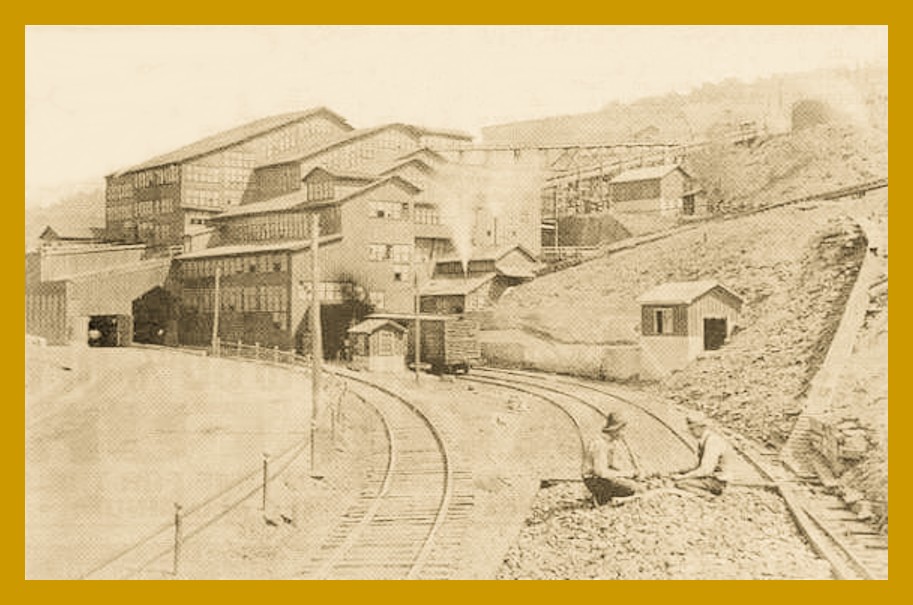
From a series of articles that appeared in the Pottsville Republican and Herald in 1997:
The Henry Clay Colliery was located south of Shamokin. The colliery was opened by a drift driven west on the North Dip Bottom Split Mammoth Vein by John Douty & Son in 1849, who mined the drift until 1852, when succeeded by Bird Douty & Company, which continued mining until 1855, when they failed.
In 1856, Douty & Baumgartner leased the colliery and built a new breaker in 1859 and operated it until 1860.
In 1860, the Fulton Coal Company (Hass & Bower) came into possession and operated until 1862, when they failed.
In 1862, Robert Ammerman & Company leased the colliery and it was operated by J. B. Douty as agent. He continued mining the original drift and opened a number of other drifts, which were mined until 1868.
In 1868, Robertson, Gutterman & Company secured the lease, mining the drifts and, in 1869, sank the slope 246 feet. From the water level drift on the North Dip Bottom Split Mammoth Vein and mined the drifts and slope level working until 1873.
In 1873, J. Langdon, Fulton & Company, leased the colliery and extended the mining by driving three planes and, in 1874, sank a slope 318 feet at the western limit of the lease.
In 1876, the company drove a water-level tunnel to the Little Orchard Vein. Also that year, it sank the shaft 12 feet by 20 feet to a depth of 345 feet to the Top Split Mammoth Vein, which was completed to the first level on August 15, 1877. Two tunnels were driven on each side of the shaft to the Bottom Split Mammoth Vein and one to the Skidmore Vein. From these two tunnels an inside slope was sunk 400 feet to the gangway landing. The shaft level gangways were driven to their boundaries in 1882. Mining was continued on a large scale until 1885, when the Philadelphia & Reading Coal & Iron Company took over the colliery.
In 1886, the Philadelphia & Reading Coal & Iron Company began concentrating the several collieries adjacent to the Henry Clay Colliery for preparation of coal. In July 1886, it started to take the Peerless Colliery coal through the Holmes Drift and Sterling and Big Mountain Colliery coal followed in 1887.
In December 1894, water broke in from the No. 2 Drift workings at Big Mountain, drowning 11 mules, and in 1897 the shaft was extended 525 feet for a total depth of 865 feet.
The company continued extensive mining below the level of the abandoned collieries.
in 1907, the Little Diamond Vein was mined on the North and South Dips and the Tracy Vein was opened by a tunnel.
The Philadelphia & Reading Coal & Iron Company continued to mine all veins from the Buck Mountain to the Tracy on an extended scale until November 1933, when pumping was suspended and the colliery abandoned.
_______________________________________________
Article by Frank Blase, Historian, Reading Anthracite Company Historical Library, Pottsville Republican & Herald, June 28 – 29, 1997.
Corrections and additional information should be added as comments to this post.
Of note, J. Langdon was the father-in-law of Mark Twain.